I’ll be honest: I didn’t expect to be so thrown off the moment I set foot on this little Ligurian island. Suddenly, everyone around me spoke a language that sounded vaguely familiar but definitely wasn’t Italian. My trusty Italian phrases? Pretty much useless here. On this protected nature reserve in the Ligurian Sea, locals still speak the ancient Gallo-Italic language of Ligurian (Genoese, if you want to get technical). Ligurian, which people mostly speak in territories of the old Republic of Genoa, creates a cultural bubble that most tourists never even notice.
I’d heard that Ligurians had a reputation for being standoffish, but honestly, I found the opposite. I tried to communicate with my broken Italian and a lot of hand waving, and people just smiled, patiently teaching me basic Ligurian phrases. Those little moments opened doors to experiences no guidebook ever mentioned. The locals’ pride in keeping their language alive, even while the world pushes for sameness, felt genuinely moving.
As I wandered the narrow streets lined with colorful houses, breathing in the salty air, I realized this island was more than a pretty spot on the Ligurian coast. It’s a living museum of resilience. Fishermen still mend their nets by hand. Grandmothers make pesto the old-fashioned way, with a mortar and pestle. Life here hums along as it has for centuries, with Ligurian as its soundtrack.
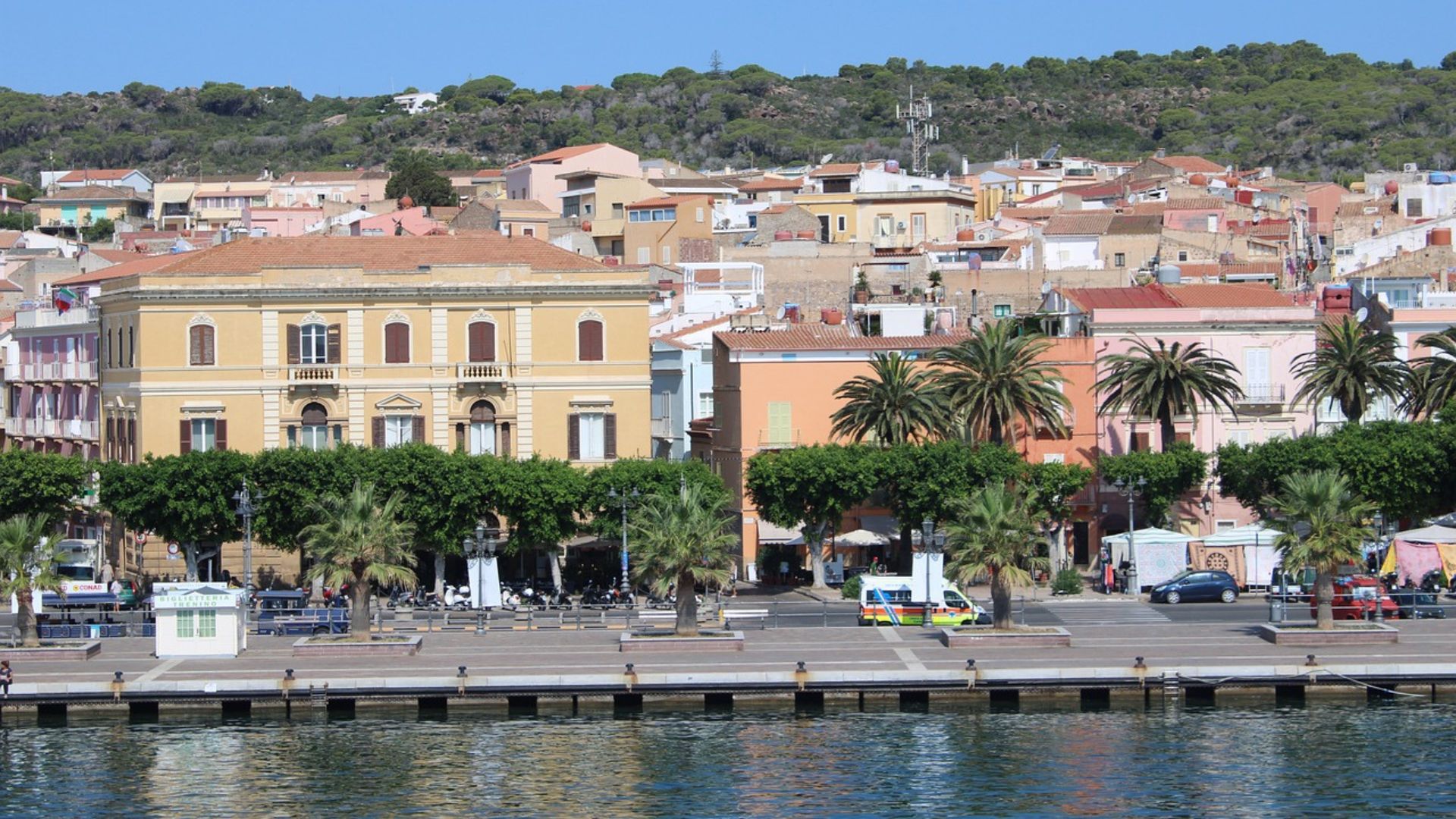
Discovering the Ligurian Island: My First Impressions
The moment I arrived on this Mediterranean island, I felt like I’d stumbled onto something rare. Nestled between the bigger names of Corsica and Sardinia, this Ligurian-speaking haven caught me off guard with its authentic charm and unexpected richness.
Arriving on the Mediterranean Island
The ferry docked in a small harbor lined with buildings in every pastel shade you can imagine—so much like the famous Ligurian towns on the mainland. But here, the harbor buzzed with locals, not tourists. An elderly fisherman greeted me in Ligurian, not Italian, right there on the dock. I just grinned, a little lost.
The landscape made an immediate impression. Rugged mountains rise straight out of the sea, creating this almost surreal backdrop. Little fishing boats bob in the harbor, their bright colors popping against the blue water.
Locals watched me arrive with weather-worn smiles. I could tell this place hadn’t been overrun by tourists like other Mediterranean spots.

A Language Adventure: Ligurian All Around
I’d spent months learning basic Italian, but here, it barely helped. Street signs, menus, everyday chatter—all in Ligurian. At the café near my guesthouse, I pointed at pastries, and the owner kindly taught me my first Ligurian words.
Kids played in the squares, calling out in this dialect that’s kind of like Italian, but not really. The rhythm, the sounds—they’re different. Many of the older folks, I noticed, spoke only Ligurian, with just a bit of Italian for necessity.
Even the local radio station broadcast everything in Ligurian, playing traditional music I’d never heard. Shops and ads stuck to the local language, too.
Walking Through Narrow Streets
The island’s ancient core is a tangle of narrow streets, barely wide enough for a tiny car. Buildings painted in warm yellows, soft pinks, and blues crowd together, casting cool shadows that felt like a relief from the sun.
I wandered winding passageways that suddenly opened into little piazzas where locals gathered. Stone steps, smoothed by centuries, led me up and down the hillside. Flowers spilled from balconies, adding color everywhere.
The streets felt alive with history. Medieval doorways, small shrines tucked into walls, and old stone arches reminded me that people have walked these paths for generations.
The smell of fresh bread and pesto drifted from small bakeries tucked into the neighborhood.

Ligurian Culture: Heritage Woven Into Everyday Life
Ligurian culture pulls you in with traditions that have survived for ages. I noticed how deeply local heritage shapes daily life, food, and community celebrations.
Traditions That Define the Island
As I walked through the village, I saw people gathering in small piazzas, chatting in their melodic Ligurian dialect. This language ties them to roots older than modern Italy. Locals proudly shared that their families have lived here for generations.
Fishing remains at the heart of things. I watched fishermen mend their nets, using old techniques passed down through families. Their hands moved with a practiced ease.
Religious festivals fill the calendar, with processions for patron saints. Every village does it differently, but they all decorate with color, play music, and get everyone involved. The feast of San Giovanni in June stood out, with boats covered in flowers and lights.
Annual Celebrations:
- Festa della Madonna (August)
- Harvest Festival (September)
- San Giovanni Celebration (June)
The Art of Italian Food: Pasta and Pesto
Ligurian food is all about simplicity and freshness. Pesto alla genovese is the star, and I learned to make it in a cooking class with a local grandmother. She picked basil from her garden and crushed it with pine nuts, garlic, Parmigiano-Reggiano, and olive oil.
Pasta here takes on unique shapes. Trofie—the twisted short pasta—soaks up the bright green pesto perfectly. Locals showed me how to twist each piece by hand, which takes patience but feels oddly calming.
Focaccia appears at every meal, soft and soaked in olive oil, sometimes topped with rosemary or onions. Bakeries sell it by weight, wrapped in paper for easy carrying as you explore.
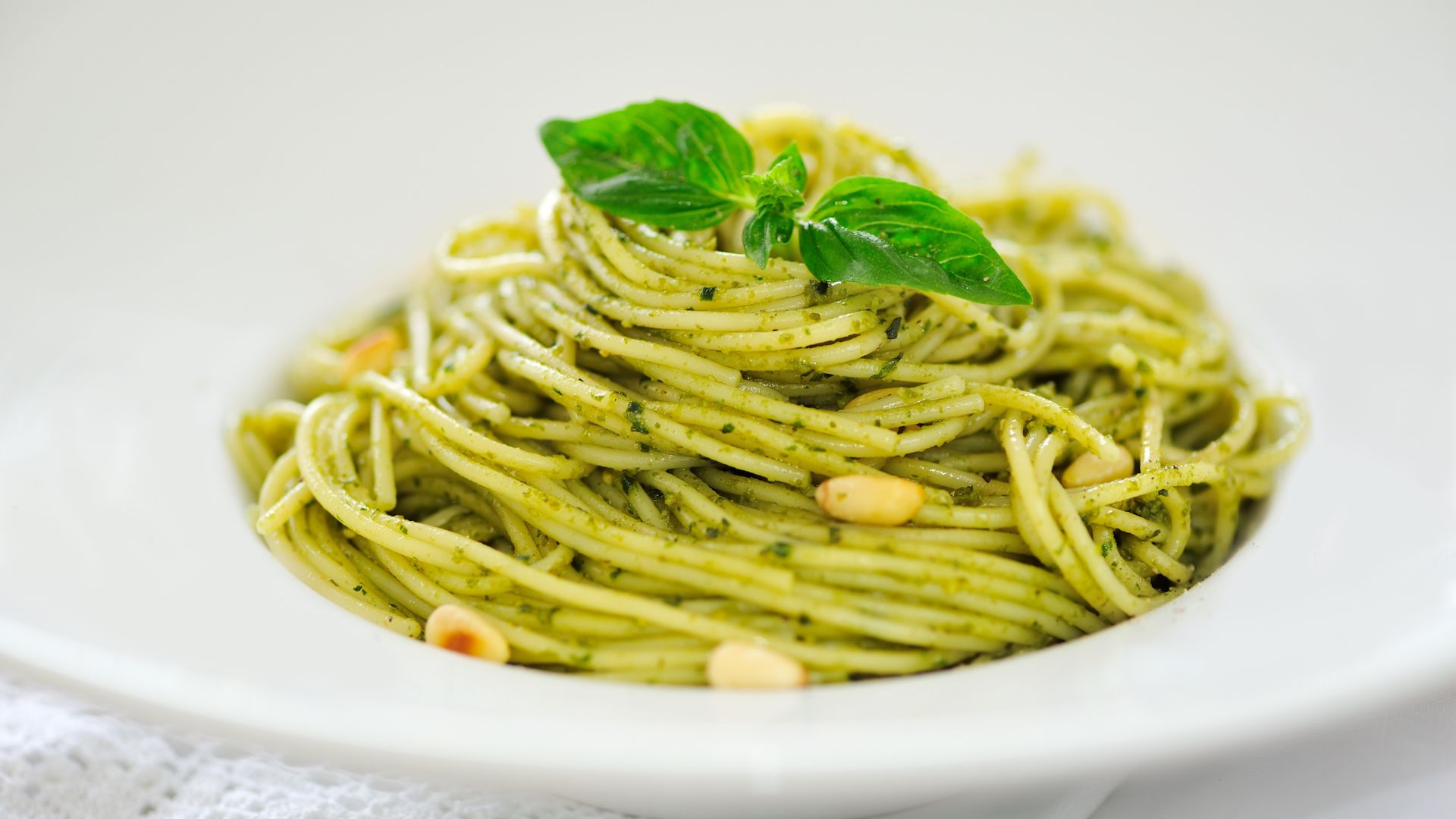
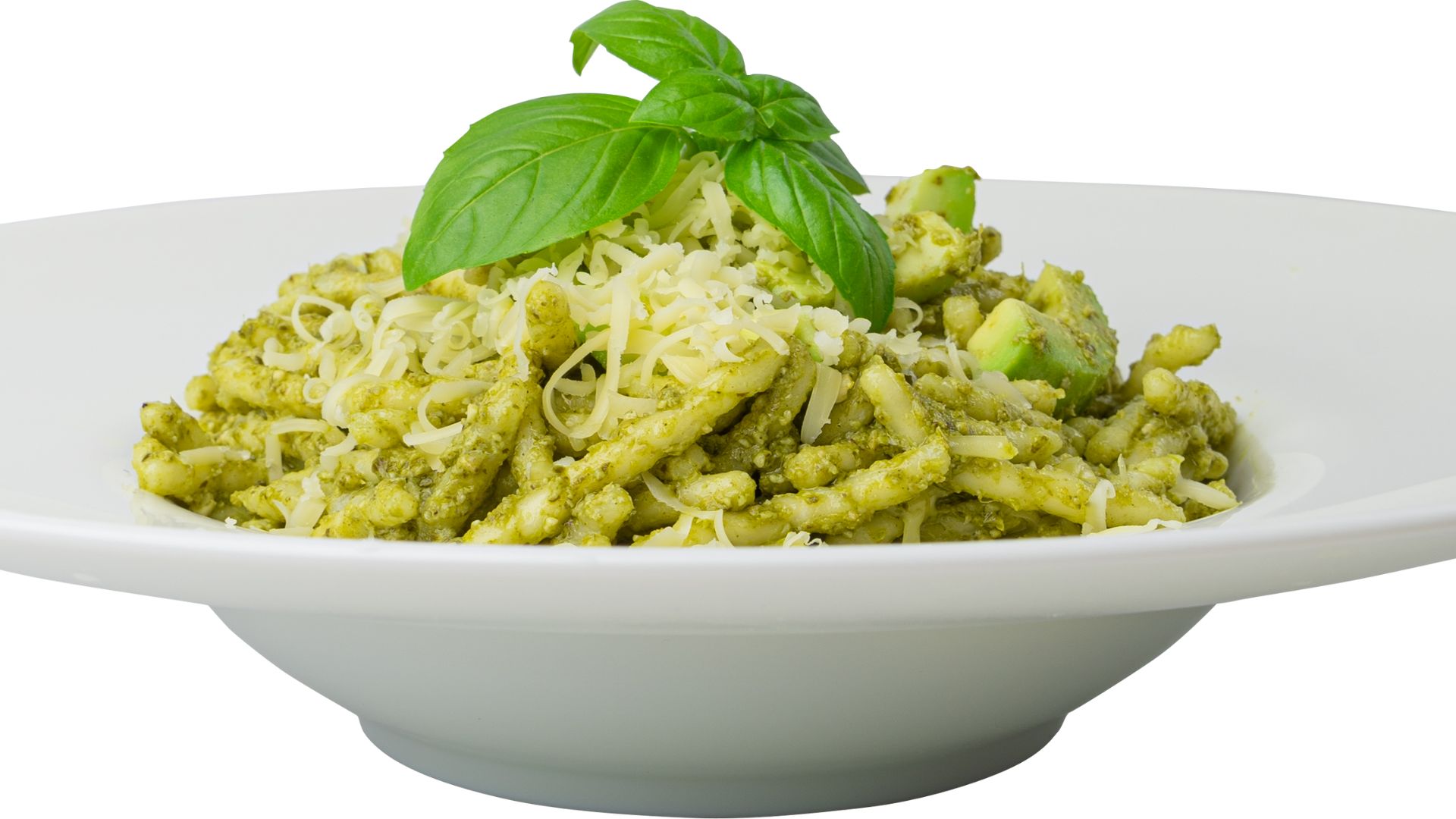
Wine Tastings and Local Cuisine
Terraced vineyards cling to steep hillsides, growing wines like Vermentino and Pigato. At small family wineries, owners explained how the tough terrain shapes the flavors in their bottles.
These wines go well with the daily catch. Anchovies, preserved in salt or oil, show up in lots of dishes. I tried them on crostini with butter—a simple appetizer, but honestly, unforgettable.
Olive oil matters here. Many families keep small groves and press their harvest at communal mills. The oil has a peppery finish that surprised me.
Ligurian Wine Guide:
- Vermentino: Crisp white, citrusy
- Pigato: Aromatic white, mineral notes
- Rossese di Dolceacqua: Light red, hints of cherry

Churches and Renaissance Influence
Renaissance architecture stands out in the island’s religious buildings. The main cathedral has frescoes from the 15th century, colors still vivid after all these years. A local guide pointed out details I’d have missed—hidden symbols in the art, for example.
Smaller churches dot the countryside, often hiding unexpected treasures. In one remote chapel, I found an altarpiece thought to be by a student of Botticelli. These connections hint at the island’s Renaissance importance.
Bell towers rise above the hills, acting as landmarks. Their unique shapes help people spot villages from far away. I climbed a few towers for sweeping views of terracotta roofs and the blue sea.
Exploring Landmarks and Historic Gems
Ligurian culture shines brightest in its historic landmarks. Every stone seems to tell a story of maritime power, artistic creativity, and cultural resilience that still shapes the island.
The Castle Overlooking the Sea
On my second day, I found the medieval fortress perched dramatically on the cliffs. Built in the 12th century, this castle guarded against pirates and stood as a symbol of local power.
The watchtower remains perfectly preserved. From the top, I could see the whole coastline, where fishermen still use old Ligurian sailing methods.
Inside, the chapel holds frescoes of maritime scenes with Ligurian inscriptions. These treasures show how language and culture have always intertwined here.
Guides give tours in Ligurian first, then switch to Italian or English. I found their dedication to keeping the language alive through tourism genuinely impressive.
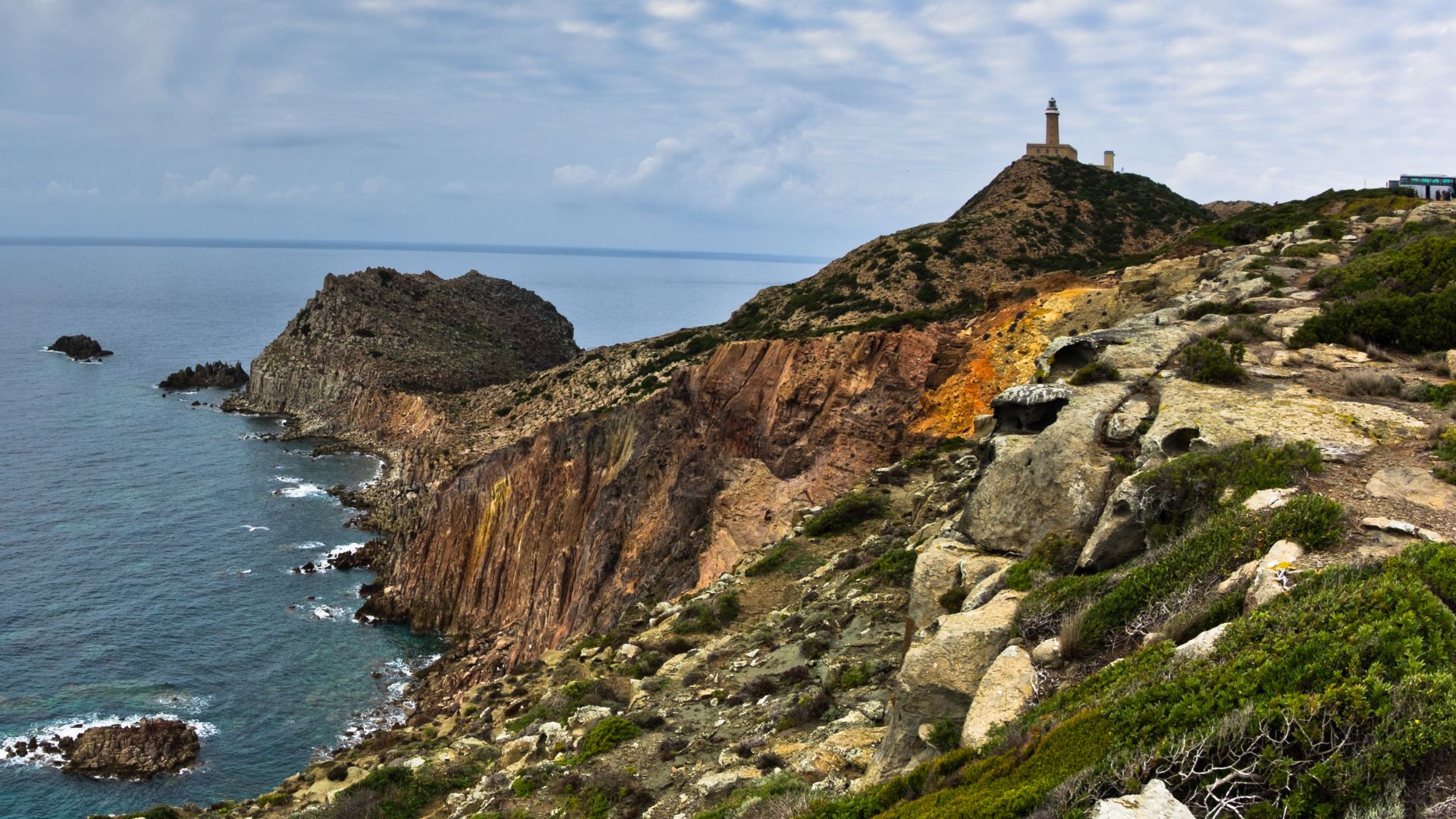
Museums and Genoa Connections
The Maritime Museum became my go-to spot when it rained. Naval maps and old instruments fill the rooms, tracing the bond between this community and Genoa’s seafaring past.
I spent ages looking at displays of traditional fishing gear. The wooden boats, “gozzi,” have designs you only see on this coast.
One exhibit displays letters between local sailors and their Genoese contacts, all written in Ligurian. These documents prove the language once played a big role in business.
Every Saturday, artisans demonstrate rope-making. I learned that many Ligurian nautical terms spread worldwide thanks to Genoa’s trade.

Cultural Insights from the Historic Centre
Walking the historic centre feels like wandering through a living museum. Narrow caruggi (alleyways) twist between houses painted with trompe l’oeil.
The old olive oil press still runs during harvest. I watched older residents teach kids about the process in Ligurian, making sure the tradition sticks around.
The community library holds a surprising collection of Ligurian literature and history. I stumbled on poetry from the 16th century praising local landscapes and customs.
Markets buzz with vendors shouting in melodic Ligurian. Even the price signs show both Italian and Ligurian, a small but powerful way to keep the language in daily life.
Outdoor Adventures Across the Island
If you love the outdoors, this island delivers. I found hiking trails and amazing beaches that let you connect with the Ligurian landscape in unexpected ways.
Hiking Trails with Breathtaking Views
The hiking trail network here totally surprised me. I spent mornings on rugged paths through Mediterranean scrub, with the eastern lighthouse trail quickly becoming a favorite. It’s challenging, but the views over the Ligurian Sea? Unreal.
Locals pointed me to the inland forest route, which I nearly skipped. That would’ve been a mistake. The shaded trail stays cool and opens up to viewpoints where you can spot Genoa in the distance.
Most trails have red and white blazes, but I recommend grabbing a trail map before you go. Some elevation gains are steep, but moderate hikers like me managed fine with decent shoes and enough water.
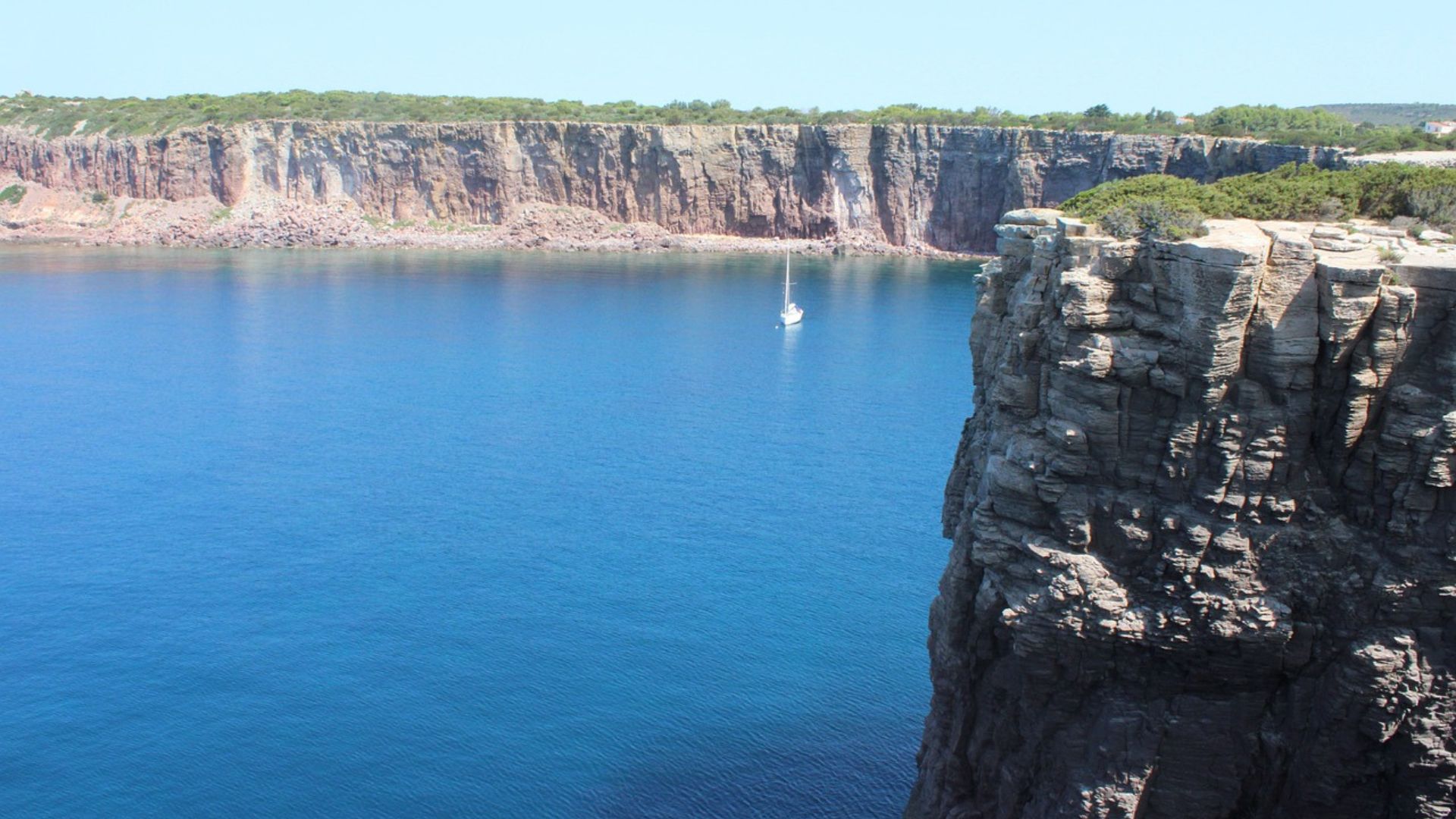
Beach Escapes and Coastal Walking
Coastal walking paths connect the island’s hidden coves, and I made it my evening ritual to explore them. Unlike Cinque Terre’s crowded beaches, I found quiet spots where locals gathered for sunset.
My favorite beach was a pebble cove on the northwest shore. You can only reach it by a 15-minute walk from the main harbor, but the clear water is perfect for swimming and snorkeling. Locals call it “Spiaggia Segreta” (Secret Beach), and I get why.
The coastal path circles almost the whole island, so you could walk it in a day. I split it up, stopping at different beaches. The southern stretch has the wildest scenery, with waves smashing against limestone cliffs.
There aren’t many beach amenities—pack your own snacks, water, and maybe a book for a perfect, laid-back day.
Beyond the Island: Cinque Terre, Corsica, and Cultural Connections
Exploring Ligurian culture took me beyond this single island. The links between these coastal regions reveal patterns and quirks that tell a bigger story about Mediterranean heritage.
Day Trips to Cinque Terre
Cinque Terre quickly became my favorite spot for day trips while I explored Ligurian culture. These five colorful villages cling to the Italian Riviera, each one showing off its own quirky personality.
I noticed that many locals still keep Ligurian linguistic traditions alive—reminded me a bit of what I’d found on the island.
The villages link up through stunning hiking trails with views that honestly took my breath away. My favorite stretch ran between Vernazza and Monterosso, where I ended up chatting with some elderly villagers who bounced between Italian and their Ligurian dialect like it was nothing.
Cinque Terre doesn’t feel like your average tourist trap. Instead, it lets you dive into authentic coastal life, and the absence of cars in most villages makes everything so much more peaceful. I usually suggest visiting in early May—crowds haven’t arrived yet, and the weather’s just about perfect.

Island Hopping: Insights from Corsica and Sardinia
When I hopped over to Corsica, I found a wild mix of cultures. This French island wears its Italian influences on its sleeve, especially up north where some villages still keep ties to Ligurian language.
In Corsica’s coastal towns, I spotted plenty of fishing traditions and cooking techniques that felt familiar from Liguria. The island sits in a unique spot, so you get this lovely blend of French and Italian vibes—it’s a bit hard to pin down, honestly.
Sardinia gave me a different take on Mediterranean island life. It’s more distinct from Ligurian ways, but I still picked up on some overlapping maritime customs and even a few shared words in the coastal dialects.
Both islands really hold tight to their regional identities, but you can still see their old connections to the mainland. I loved how the ferry rides between these islands let me watch geography shape such different, yet connected, cultures.

Travel Planning and Real Traveler Reviews
If you want to visit this Ligurian-speaking island, you’ll need a few insider tips to get the most out of it. I’ve pulled together some advice, stories, and reviews from travelers who fell in love with this hidden spot.
Insider Tips for Visiting the Island
May through September works best for a visit—warm, but not too hot. I’d say plan for at least three or four days if you want to really soak up the local vibe and language.
Skip the chain hotels. Book a room at a family-run guesthouse like Casa Ligure or Pensione del Mare. These places feel way more authentic, and the hosts often still speak traditional Ligurian.
Getting there isn’t always straightforward. Ferries leave regularly from Genoa, and the trip takes about 90 minutes. Once you arrive, rent a bike or hop on the local bus that links up all the villages.
Try not to miss the monthly cultural festivals. Locals play traditional music and serve up regional dishes, but you probably won’t find these events advertised online. Just ask around when you get there.
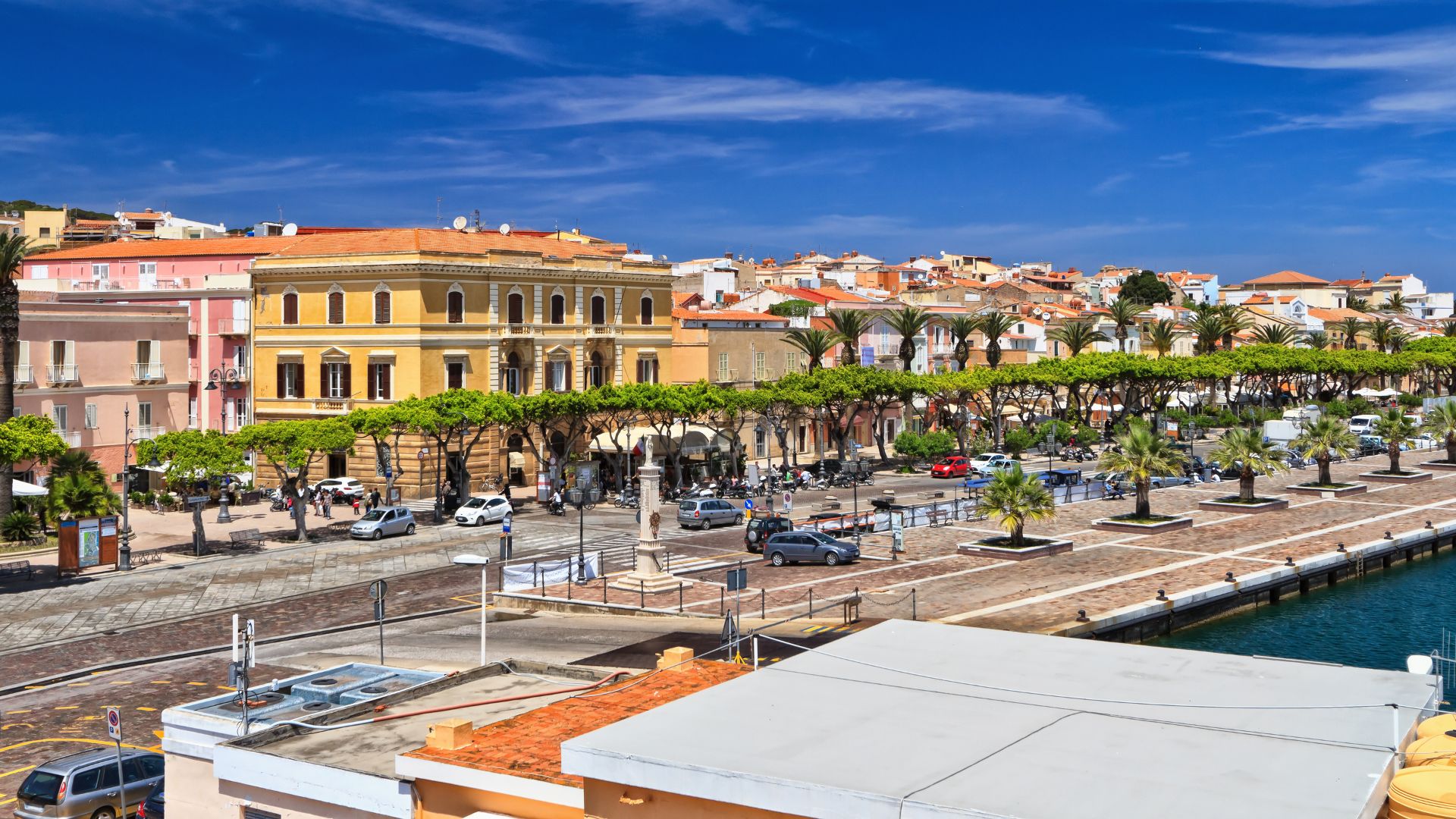
Memorable Local Encounters
I still smile thinking about my chat with Elena, an 80-year-old basket weaver. She spoke only Ligurian, but we managed just fine with gestures and a few laughs over homemade focaccia.
Down at the harbor, the fishermen welcome visitors into their early morning routines. Marco, one of the regulars, taught me some Ligurian phrases as we sorted the day’s catch, explaining how certain words tie back to old maritime traditions.
Visiting the local school surprised me. Kids learn standard Italian in class, but during breaks, they switch right over to Ligurian. The teacher told me their bilingual system helps keep their heritage alive while also getting students ready for life on the mainland.
Village gatherings seem to pop up out of nowhere in the main piazza. If you bring a bottle of local wine, chances are you’ll get swept into conversations that bounce between Italian and Ligurian without missing a beat.
Reviews from Fellow Travelers
★★★★★ “The language immersion really surprised me, but I loved it! Locals noticed when I tried out Ligurian phrases and, honestly, they encouraged me to pick up more every day.” – Maria T.
★★★★★ “You’ve got to try the cooking class with Nonna Lucia. She shows you how to make traditional Ligurian dishes and, between recipes, she’ll tell you stories in her dialect. I’d say it’s worth every euro!” – James K.
★★★★ “Walking the coastal paths gives you those jaw-dropping views. But, for me, the real magic happens when you pause in the villages and chat with elderly locals who share tales in Ligurian.” – Sophie M.
A lot of travelers feel the island stays “untouched by mass tourism.” They rave about the “authentic cultural experience.”
Most reviews mention how locals go out of their way to share their language and traditions. You really notice the pride they take in keeping their heritage alive.


